The “team” of eight was here to “ask a few questions”.
She and her partner, still in pyjamas and choosing to stay silent, sat across from four of the “team”. The others stood around watching, listening, looking around their living space; these ones were young; learning their “craft” from those seated at the table.
The questions began with the usual bureaucratic nonsense. Sort of like inane census questions. She wondered why they were here. She answered.
The questions started to get weirder. More private. More none-of-your-business. She felt her heart beat. She started to resist, to refuse to answer. To ask why they wanted to know.
It then became obvious there was a “bad cop” on her left at the corner of the table. He was middle aged, wiry-looking and snarly. He would threaten. The stick.
A younger woman to her right seemed sympathetic. Asked nicely. Seemed to understand the reluctance. Offered “reasons” they need this kind of information “for-the-greater-good”. For the database. She was the “good cop”. Carrots.
The temperature was rising. She asked how long this was going to take. She said she had other things to do and that they hadn’t given any notice of their coming.
The bad cop said it might take all day. Depended on her cooperative responses. He was upping the ante to meet her resistance.
More questions, more resistance, more threats from bad cop, more understanding from good cop. She took it and then she burst. Enough. She would stand her ground. Fuck them.
“You have barged into our home without making an appointment, you are invading our space and our privacy. You think you are so cool, making threats. I see right through you and your bullyboy tactics, swaggering around and intimidating innocent people for your jollies. You disgust me! Get out of our home or I will call the Police! You are trespassing illegally. I know my rights, and you are in violation of them.” She went to the front door, opened it and stood defiantly with her arm gesturing for them to get out. She felt powerful and grounded. “Leave!”
The “team” made their way out. The bad cop still swaggered as if to sneer “We’ll be back”. The good cop made facial expressions of “sorry”. She shut the door behind them. She felt proud of herself.
That was the moment she woke up. And realised they had got exactly what they wanted from her. The whole reason for their visit was not about collecting “data”. It was about collecting reactions. About who should go on their list of “inconvenient” ones. The ones who could cause trouble down the track. The ones with balls. The ones who remembered what “rights” were, what “privacy” was, the ones who didn’t bow down to Holy Bureaucrats of the New Totalitarian Order.
Her dream had been a warning. They have been collecting data. From social media posts. From vaccination status. From Substack writings and comments. They’ve let the charade run. Collecting data. For later. For when the time comes.
Maybe those “quiet” friends of hers were the wise ones. Watching. Below the radar.
“Oh well, too late. I never was a quiet one. Bugger them.”
So she wrote a poem:
Who knew?
WHO knew.
Did you?
A gunless coup.
They snuck in the back door.
They occupied the subfloor
They stealthily grew
The coup.
When finally they’d taken hold
Of politicians bought and sold
Of most reporters young and old
Of trusted doctors (‘cept the bold)
They couped in lockstep as rehearsed,
Unfurled their manual verse by verse
And mesmerised, we bought the lies
(Except the few with open eyes).
A gunless coup
Not bloodless though,
For they required blood to flow
To make us part of their machine
No infant spared - their goal obscene.
A silent coup?
Some tried to warn
But were dismissed with toxic scorn.
The sudden grieving, silenced voices
All drowned out by louder noises:
Wars and scapegoats to distract
Us from the coup and its impact.
They say it’s for “the Greater Good”
They make us feel as though we should
Obey, unless we want a label.
We must say NO while we’re still able.
The coup’s not over, only started,
Resistance not for the faint-hearted -
A marathon! Come join in too!
Will you resist the coup? Please do.
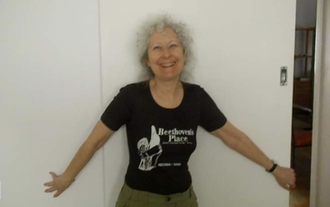
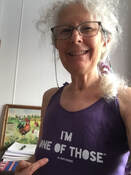
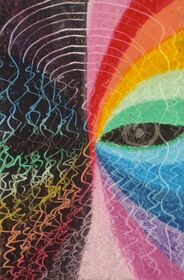
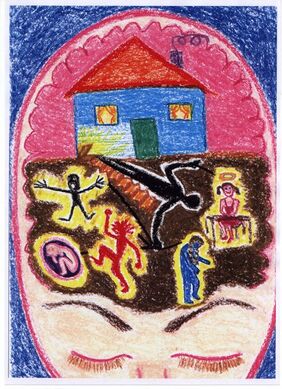
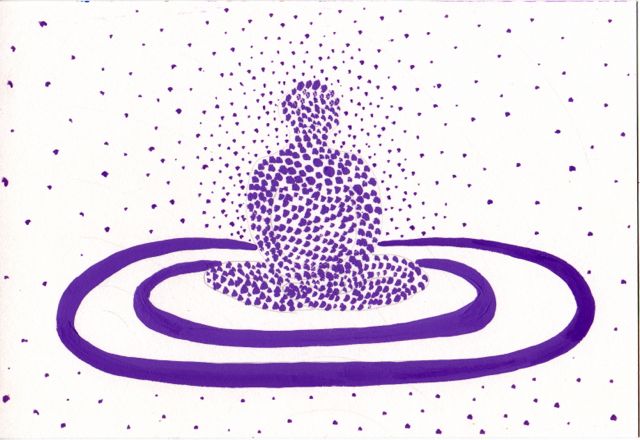

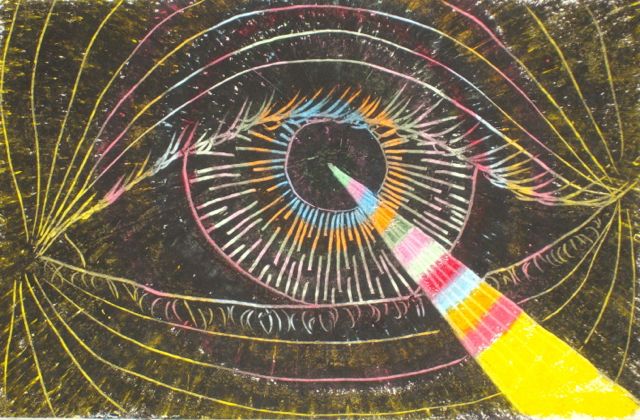
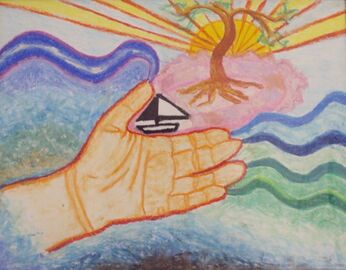
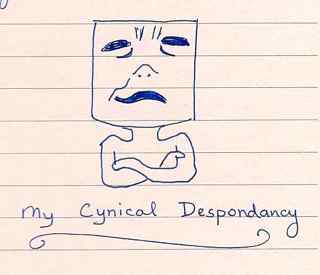
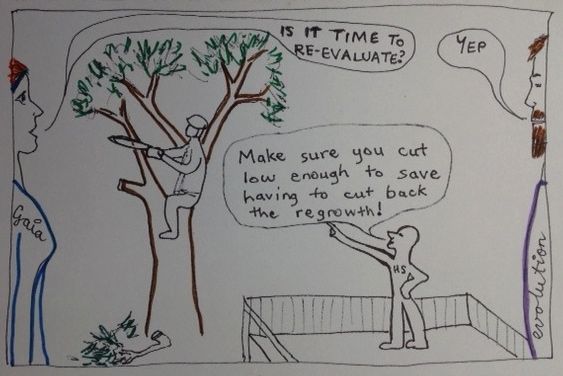
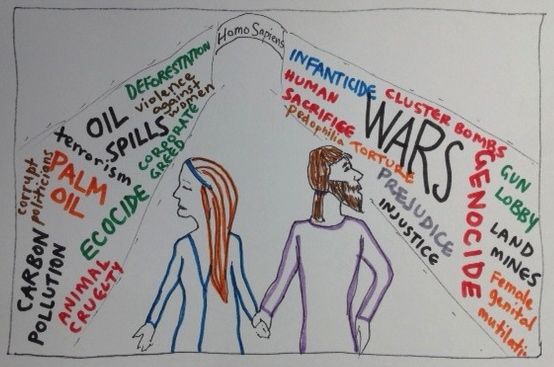
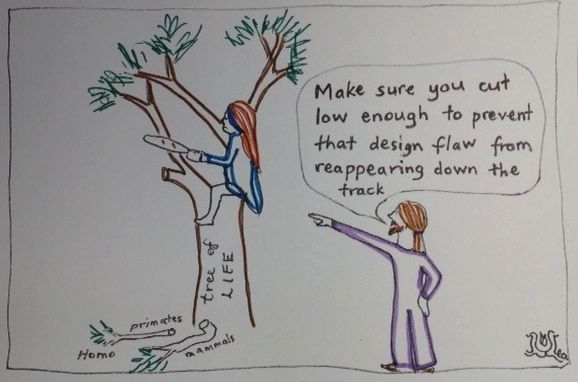
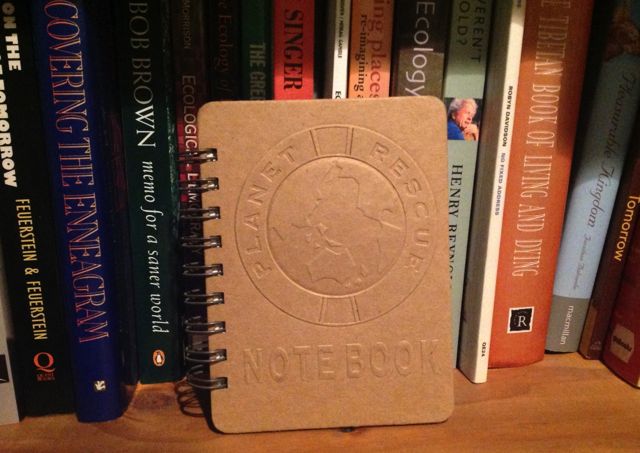
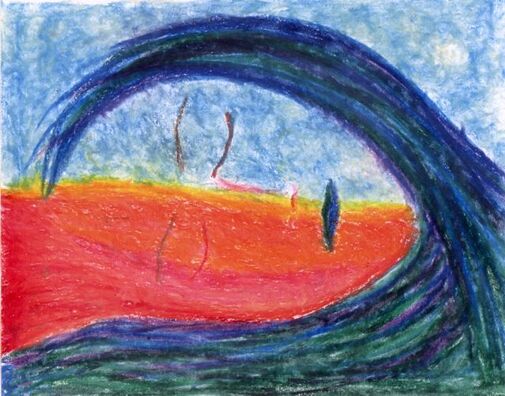
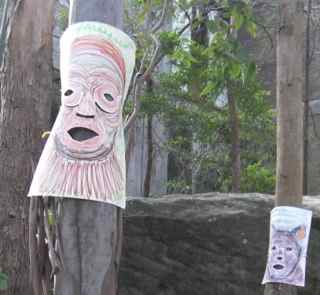
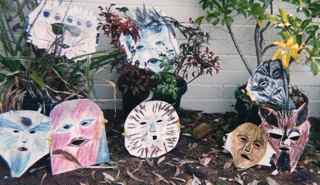
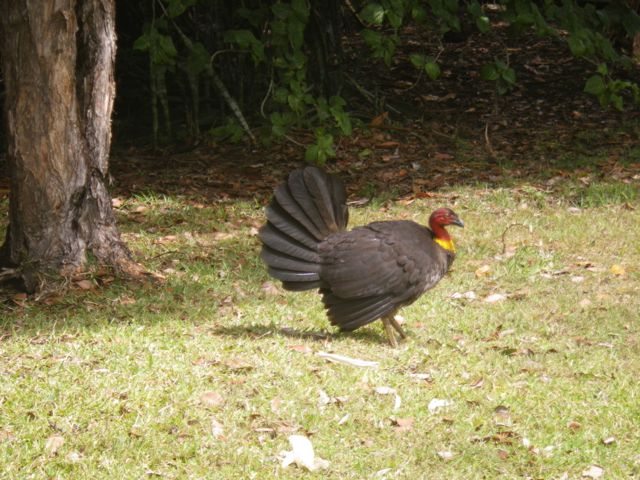
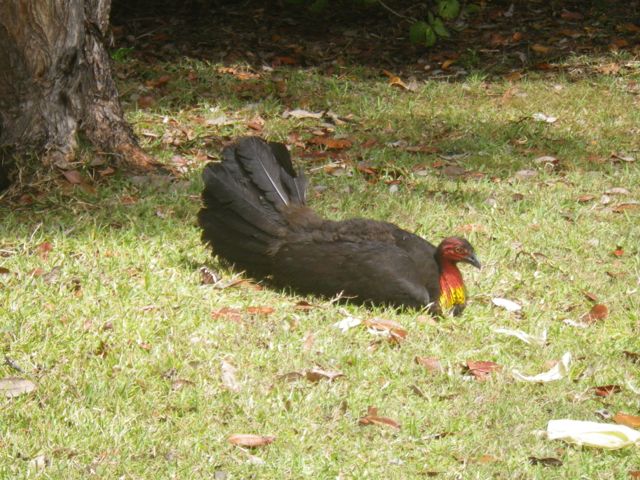
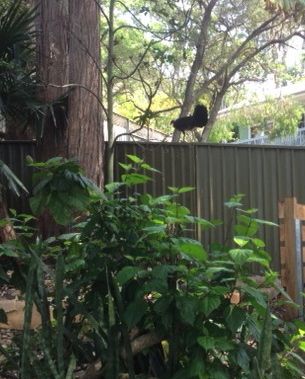
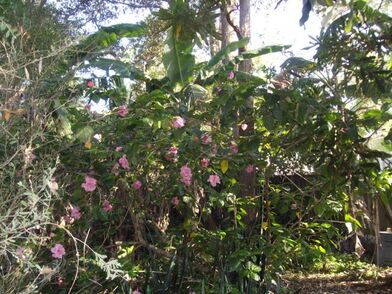
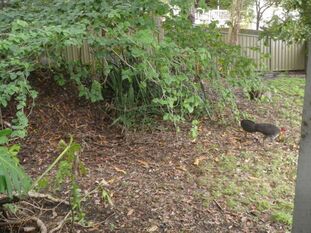
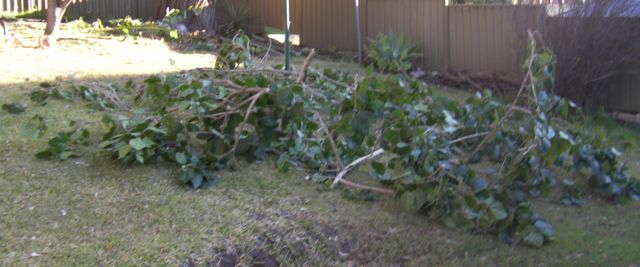
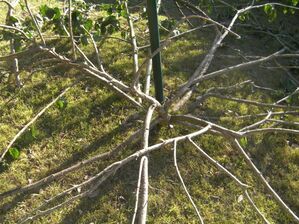
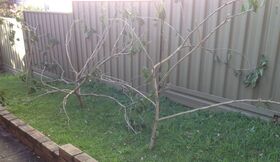
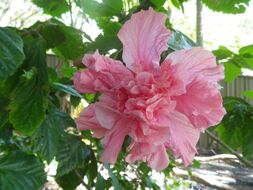
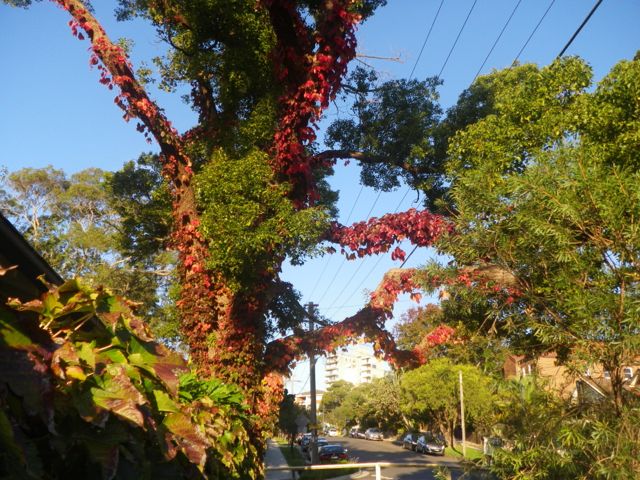
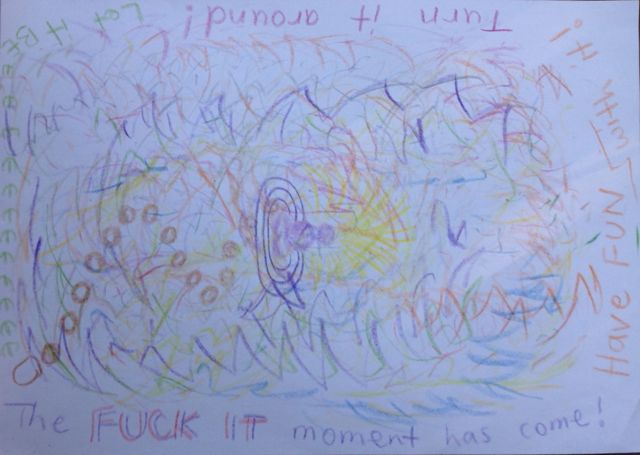
 RSS Feed
RSS Feed